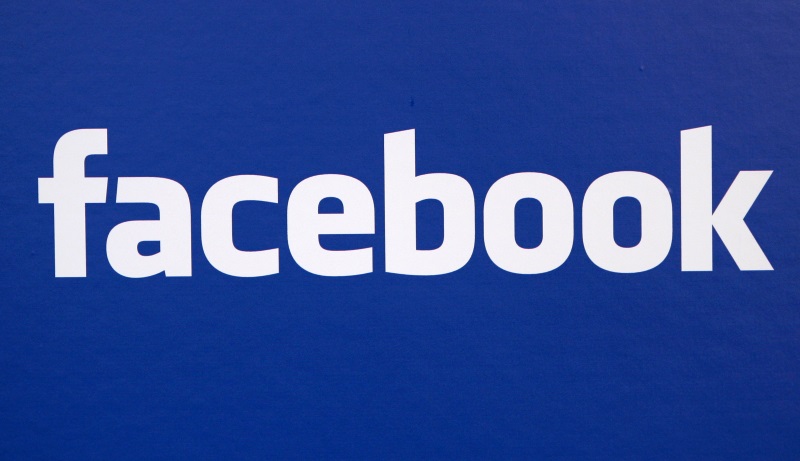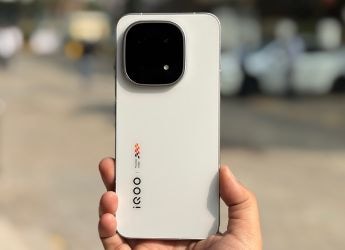- Home
- Social networking
- Social networking Opinion
- These Days, It's Facebook That Defines Pornography
These Days, It's Facebook That Defines Pornography

The trouble with effectively applying these standards to Internet pornography, even outside of a judicial context, is the manner in which cyberspace is governed. The spaces in which we interact online are largely controlled today by corporations, which by and large rely not on some semblance of the Miller test but on Justice Stewart's older "I know it when I see it" standard. As Rebecca MacKinnon has asserted , these unelected "sovereigns of cyberspace" operate without accountability, and often with little respect to our hard-won freedoms.
On today's Internet, those making the rules aren't elected officials but technocrats - mostly male and mostly American. And those making day-to-day decisions about what we can and cannot see aren't judges with years of training but low-wage workers at outsourcing firms in places like the Philippines.
Take, for example, Facebook. As a public company, it is responsible primarily to its shareholders. Users are, in a sense, an afterthought; more a product than a customer. The company has created its own set of " community standards " that are intended to be globally applicable. The result is censorious: Users have been banned from the platform - temporarily or permanently - for using a name different from the one on their ID; for posting breast cancer awareness campaigns that show a hint of nipple; even for political speech .
Under Facebook's rules, sexual content is banned, as is most nudity (though exceptions exist for works of famous art, photos of mothers breastfeeding and post-mastectomy images). Shirtless photos of women are forbidden, while shirtless photos of men are fine. Notably, the company standards don't include the word "pornography," instead referencing "explicit images of sexual intercourse" and "sexual activity." When users attempt to report such content, however, their first option reads: "This is nudity or pornography," with "sexual arousal," "sexual acts" and "people soliciting sex" as examples listed below.
This conflation of nudity, sexuality and pornography seems far more dangerous than pornography itself. The human body is not inherently sexual, nor are all depictions of sexual acts pornography. By lumping together porn with all other sexual content - and lumping sexual content with nudity - Facebook is setting a new standard, one that is far more restrictive than our Constitution, and one that treats women's bodies as shameful.
But what about "real" pornography? Surely, as Justice Stewart would recognize, there is a difference between potentially harmful pornographic content and mere nude or even sexualized imagery. Indeed, there is, but the Internet's censors (both human and technical) are rarely able to tell the difference. Facebook, Instagram, YouTube, national governments and Internet service providers all regularly fail to distinguish between these types of content. In attempting to ban pornography, these censors all too often enact sweeping restrictions that catch far more innocuous content in their nets. In other words, banning pornography is all but impossible, unless we're comfortable with the collateral damage.
Putting that aside for a moment, there's good reason to question whether we should be banning pornography at all. Whatever its potential damage to society, the fact is that Americans consume it in large quantities, suggesting that many are okay with pornography. According to one Harvard study , Utah residents rank among the top consumers of porn. If, by the standards of the Miller test, we are to judge content by what the average person finds offensive, then pornography with its millions of viewers may not qualify.
Ultimately, then, Facebook's censors and Utah's lawmakers aren't that different. Both wish to impose their own standards on a population that, by most accounts, disagrees, setting a dangerous precedent for free expression.
© 2016 The Washington Post
Catch the latest from the Consumer Electronics Show on Gadgets 360, at our CES 2026 hub.
Related Stories
- Samsung Galaxy Unpacked 2025
- ChatGPT
- Redmi Note 14 Pro+
- iPhone 16
- Apple Vision Pro
- Oneplus 12
- OnePlus Nord CE 3 Lite 5G
- iPhone 13
- Xiaomi 14 Pro
- Oppo Find N3
- Tecno Spark Go (2023)
- Realme V30
- Best Phones Under 25000
- Samsung Galaxy S24 Series
- Cryptocurrency
- iQoo 12
- Samsung Galaxy S24 Ultra
- Giottus
- Samsung Galaxy Z Flip 5
- Apple 'Scary Fast'
- Housefull 5
- GoPro Hero 12 Black Review
- Invincible Season 2
- JioGlass
- HD Ready TV
- Laptop Under 50000
- Smartwatch Under 10000
- Latest Mobile Phones
- Compare Phones
- OPPO Reno 15 FS
- Red Magic 11 Air
- Honor Magic 8 RSR Porsche Design
- Honor Magic 8 Pro Air
- Infinix Note Edge
- Lava Blaze Duo 3
- Tecno Spark Go 3
- iQOO Z11 Turbo
- Lenovo Yoga Slim 7x (2025)
- Lenovo Yoga Slim 7a
- Lenovo Idea Tab Plus
- Realme Pad 3
- Moto Watch
- Garmin Quatix 8 Pro
- Haier H5E Series
- Acerpure Nitro Z Series 100-inch QLED TV
- Asus ROG Ally
- Nintendo Switch Lite
- Haier 1.6 Ton 5 Star Inverter Split AC (HSU19G-MZAID5BN-INV)
- Haier 1.6 Ton 5 Star Inverter Split AC (HSU19G-MZAIM5BN-INV)






![[Sponsored] Haier C90 OLED TV | Dolby Vision IQ, 144Hz OLED and Google TV in Action](https://www.gadgets360.com/static/mobile/images/spacer.png)









